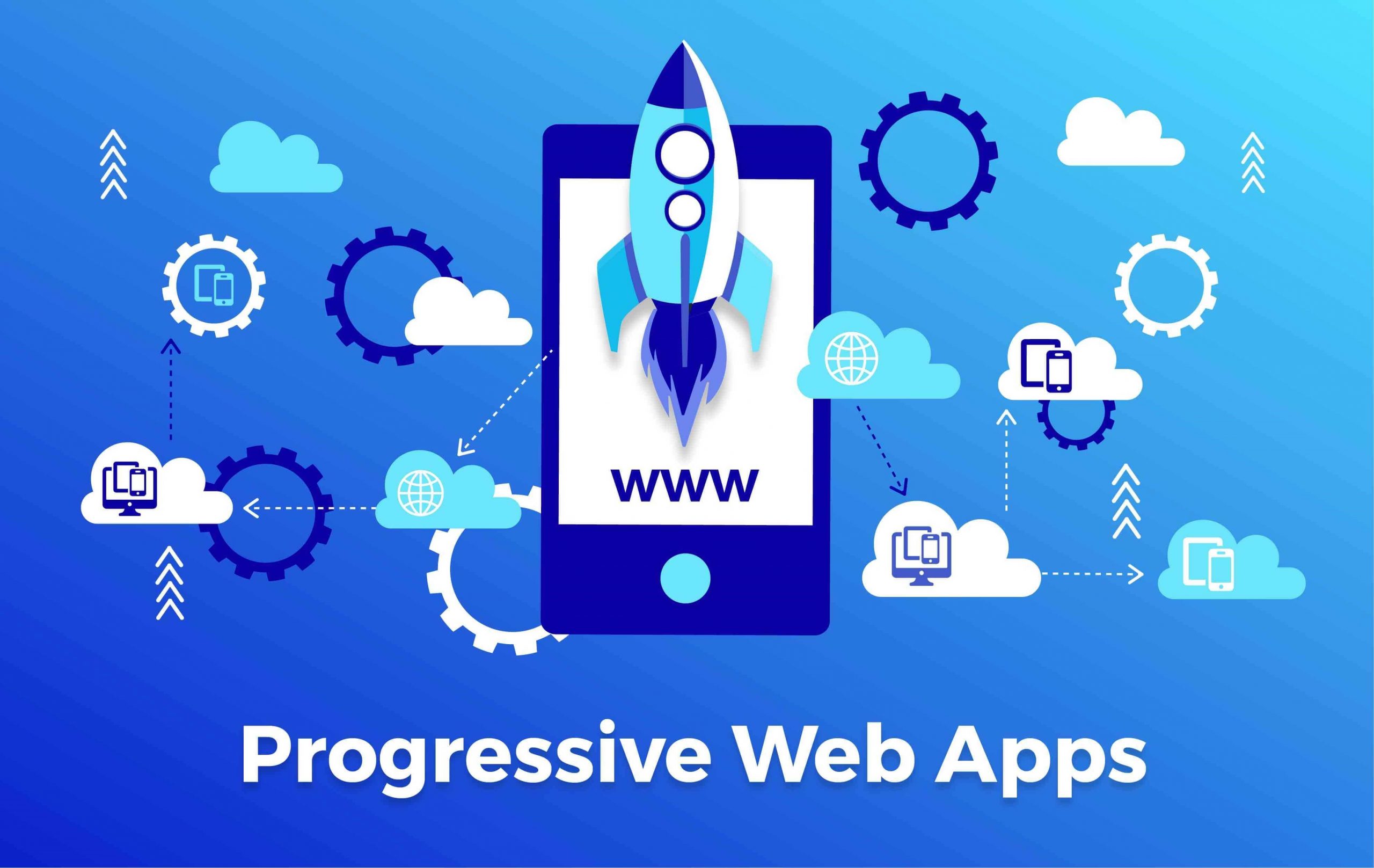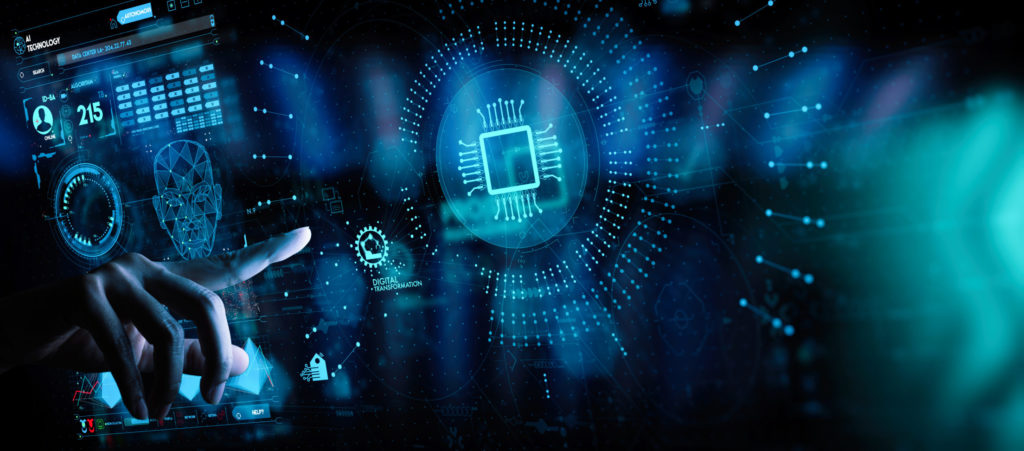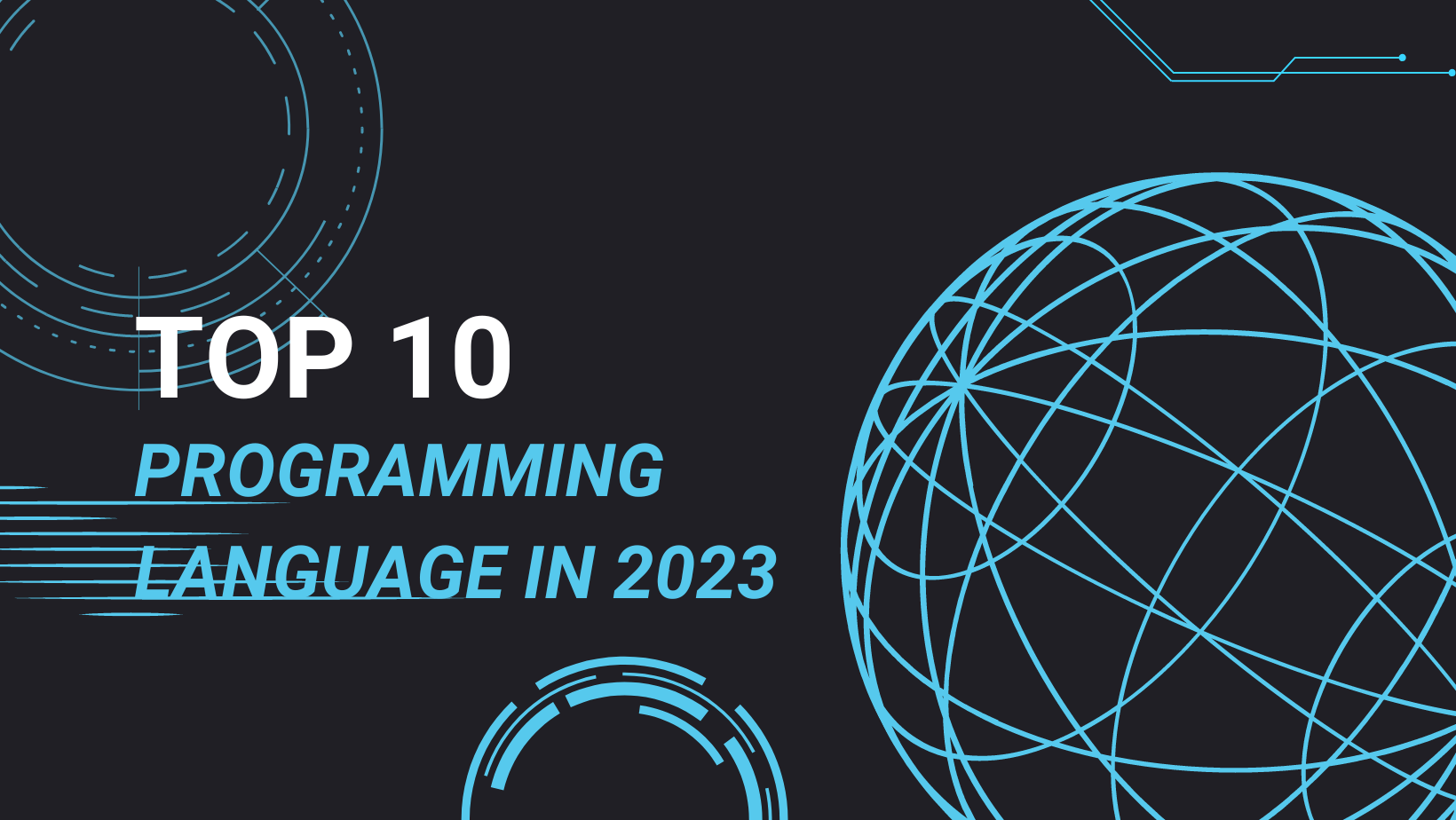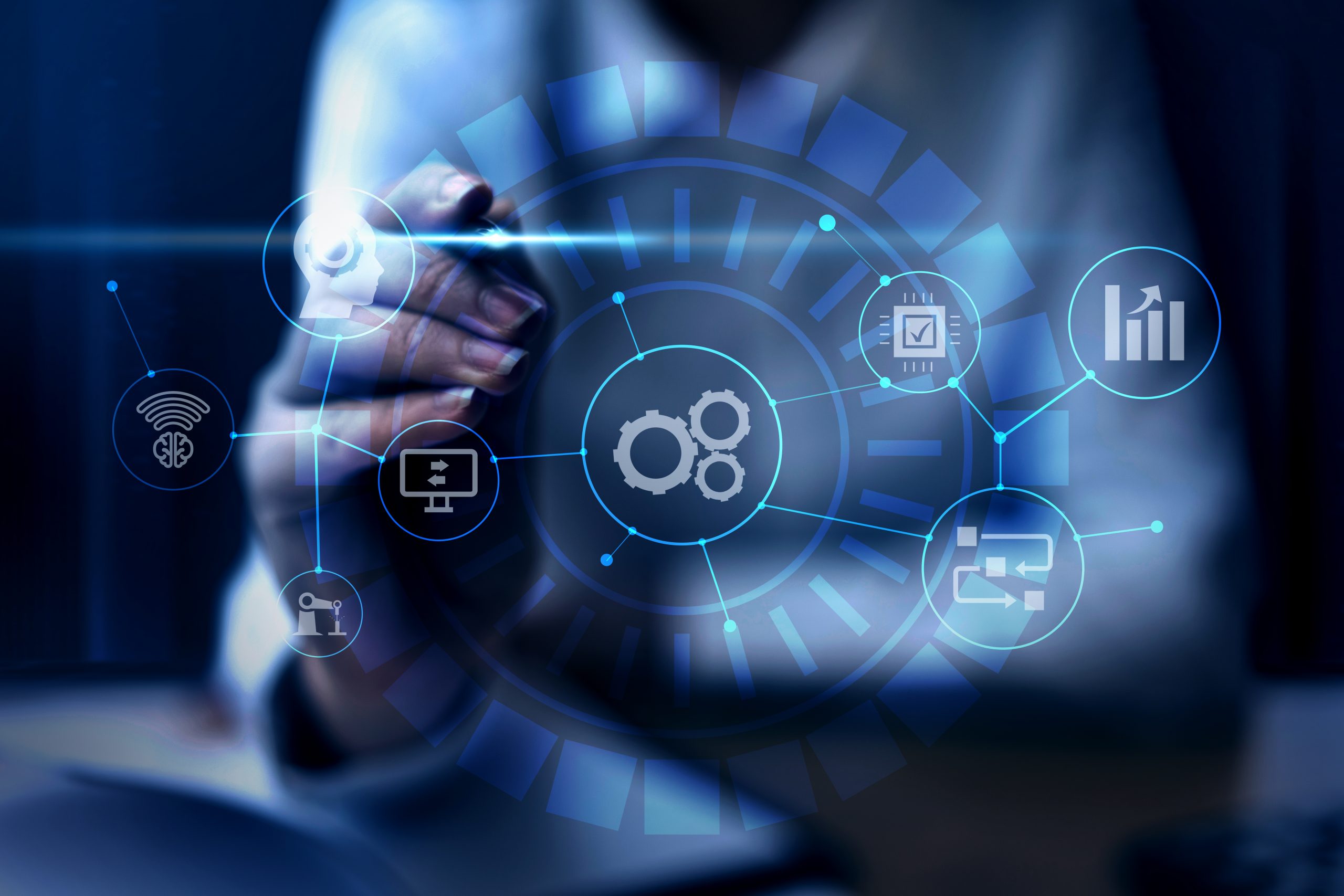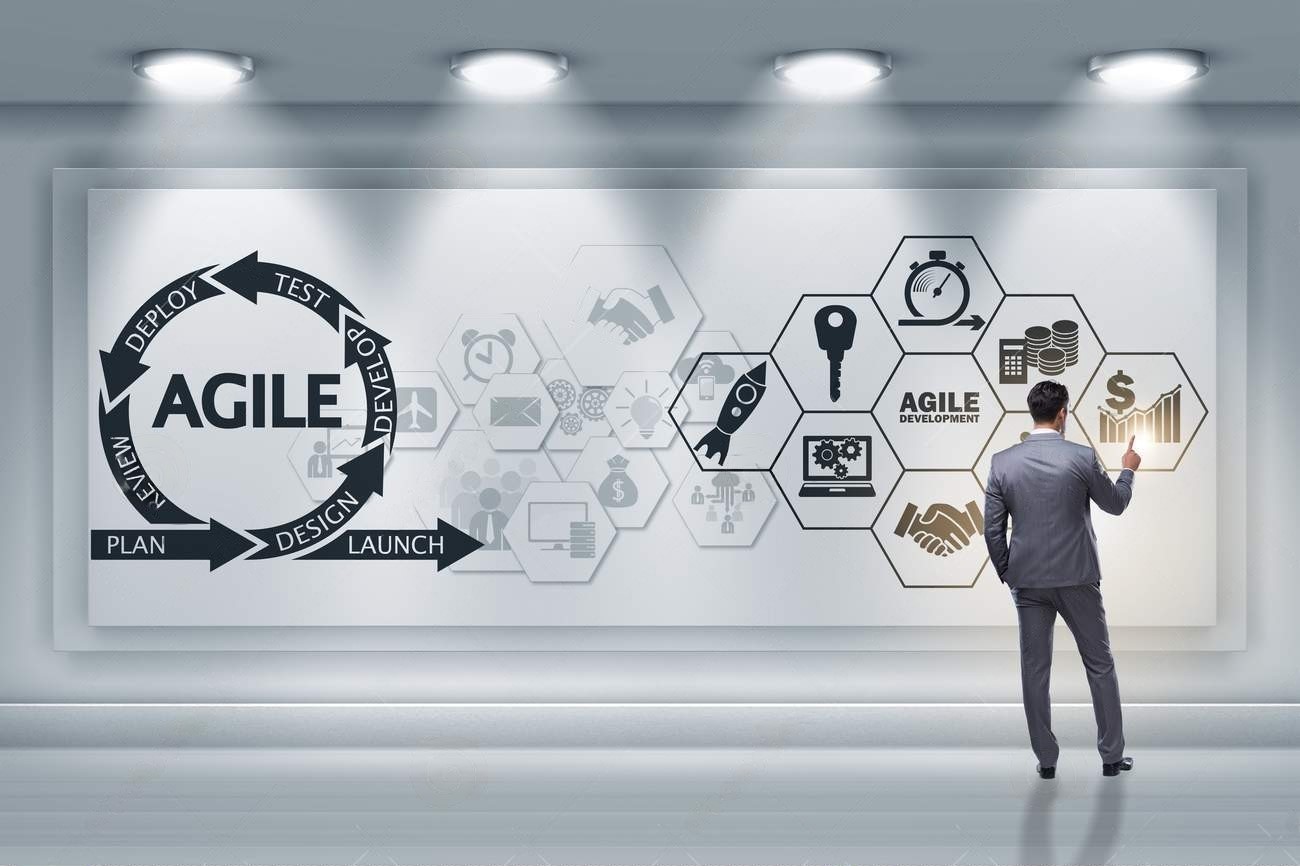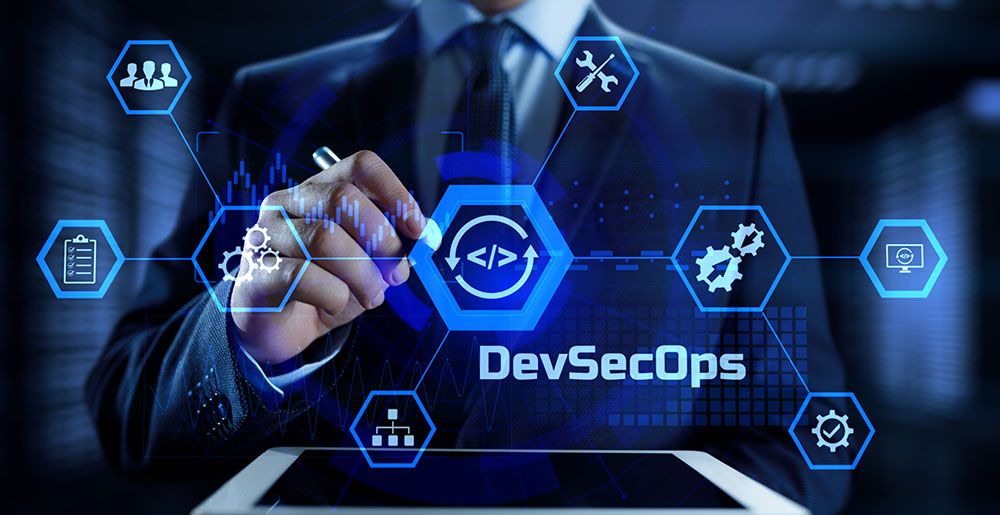How the Internet of Things (IoT) is Changing Our World

The Internet of Things (IoT) has revolutionized the way we interact with technology in our daily lives. From smartphones to home appliances, we are connected to the internet more than ever before. However, as the world becomes more digitized, new technologies emerge to further enhance our connection with the digital world. One such technology is the Internet of Things (IoT), which has the potential to transform the way we interact with technology.
What is Internet of Things (IoT)?
The Internet of Things (IoT) is an advanced system that combines the power of the Internet of Things (IoT) with Artificial Intelligence (AI) to create a seamless, intelligent network of devices. The IoT network is designed to collect, analyse and act on data in real-time, using a combination of sensors, connectivity, and software. The Internet of Things takes this concept one step further by adding the ability to learn, adapt, and make decisions based on the data collected.
The Internet of Things uses sensors to collect data from connected devices. This data is then analysed by AI algorithms, which use machine learning techniques to identify patterns and trends. Based on this analysis, the IoT system can make decisions and take action in real-time. For example, a smart thermostat connected to an IoT network can use data on temperature, humidity, and weather conditions to automatically adjust the temperature in a room. The thermostat can also learn from user preferences and adjust the temperature accordingly.
IoT Architecture:
IoT architecture typically involves four key stages:
- Sensing: This stage involves capturing data from sensors, such as temperature or motion sensors, and transmitting it to a central location for processing.
- Processing: Once the data is captured, it needs to be processed and analysed to extract meaningful insights. This can involve cleaning the data, applying machine learning algorithms, and generating visualizations or reports.
- Communication: Once the data has been processed, it needs to be transmitted to other devices or systems for further action. This can involve sending alerts or notifications to users, triggering automated actions, or integrating with other systems.
- Action: The final stage involves taking action based on the insights generated by the IoT system. This can involve adjusting settings on connected devices, sending commands to other systems, or triggering alerts to users or stakeholders.
Examples of Internet of Things (IoT):
Smart Homes: The IoT is being used to create smart homes, which use connected devices to automate and optimize household tasks. For example, a smart thermostat might adjust the temperature based on the homeowner’s preferences and schedule, while a smart security system might alert the homeowner to potential intrusions.
Healthcare: The IoT is being used to monitor patient health remotely and in real-time, enabling doctors and caregivers to intervene quickly if needed. For example, a wearable device might monitor a patient’s heart rate and alert their doctor if there are any irregularities.
Transportation: The IoT is being used to optimize transportation systems, from traffic lights that adjust their timing based on traffic patterns to connected vehicles that can communicate with each other to avoid accidents and improve traffic flow.
Manufacturing: The IoT is being used to optimize manufacturing processes and improve quality control. For example, sensors might be used to monitor the temperature and humidity of a factory floor, or to detect defects in a product before it leaves the factory.
Agriculture: The IoT is being used to optimize agricultural processes and improve yields. For example, sensors might be used to monitor soil moisture levels, weather patterns, and crop growth, enabling farmers to make data-driven decisions about irrigation and fertilization.
Retail: The IoT is being used to personalize and optimize the retail experience for customers. For example, a smart mirror in a clothing store might recommend outfits based on a customer’s previous purchases and preferences, while a smart shelf might automatically reorder products when they run low.
Advantages of using Internet of Things (IoT) in your Software Development
Real-Time Decision Making: One of the biggest advantages of the Internet of Things is the ability to make real-time decisions. With the help of sensors, connectivity, and artificial intelligence, IoT devices can analysed data and make decisions instantly. This can help businesses optimize processes and improve efficiency.
Improved Efficiency: The Internet of Things can help businesses optimize processes and reduce waste. For example, a smart factory connected to an IoT network can use data on machine performance and maintenance to schedule repairs and prevent downtime. This can help businesses save time and money.
Enhanced Customer Experience: The Internet of Things can help businesses personalize products and services based on customer data. For example, a fitness tracker connected to an IoT network can provide personalized workout recommendations based on the user’s fitness goals and progress. This can help businesses improve customer satisfaction and loyalty.
Increased Safety and Security: The Internet of Things can enhance safety and security by using data to detect and respond to potential threats. For example, a smart home security system can automatically lock doors and alert authorities in case of a break-in. This can help businesses protect their assets and customers.
Improved Healthcare: The Internet of Things has the potential to revolutionize healthcare by enabling remote patient monitoring and personalized treatments. For example, a wearable device connected to an IoT network can monitor a patient’s vital signs and alert healthcare professionals in case of an emergency. This can help improve patient outcomes and reduce healthcare costs.
Disadvantages of Internet of Things (IoT):
Privacy and Security Concerns: One of the biggest concerns with the Internet of Things is the potential for privacy and security breaches. With so much data being collected and analysed, there is a risk that sensitive information could be exposed or hacked. This could lead to identity theft, fraud, or other forms of cybercrime.
Cost: The Internet of Things requires significant investment in hardware, software, and infrastructure. This can be a barrier to entry for smaller businesses or organizations with limited resources. The cost of maintaining and upgrading IoT devices can also be significant.
Complexity: The Internet of Things can be complex and difficult to manage. With so many devices and data streams, it can be challenging to ensure that all devices are working together seamlessly. This can require significant technical expertise and resources.
Dependence on Connectivity: The Internet of Things relies on connectivity to function. If there are issues with connectivity, such as a power outage or network disruption, the entire system could be affected. This can lead to downtime and lost productivity.
Lack of Standards: The Internet of Things is still a relatively new technology, and there are currently no standard protocols or regulations in place. This can make it difficult to ensure interoperability between devices from different manufacturers. It can also lead to confusion and uncertainty for businesses and consumers.
How can 4C Consulting Technological Division help you in Web Development?
With extensive experience in this domain, we are specialists at web development. At 4C Consulting Technological Division, we create web experiences that are high performing, feature-packed and digitally transformative. These are designed to be fully functional as well as user-friendly. We place special emphasis on security as well as scalability of these solutions. Connect us now to start your Web Development journey.



